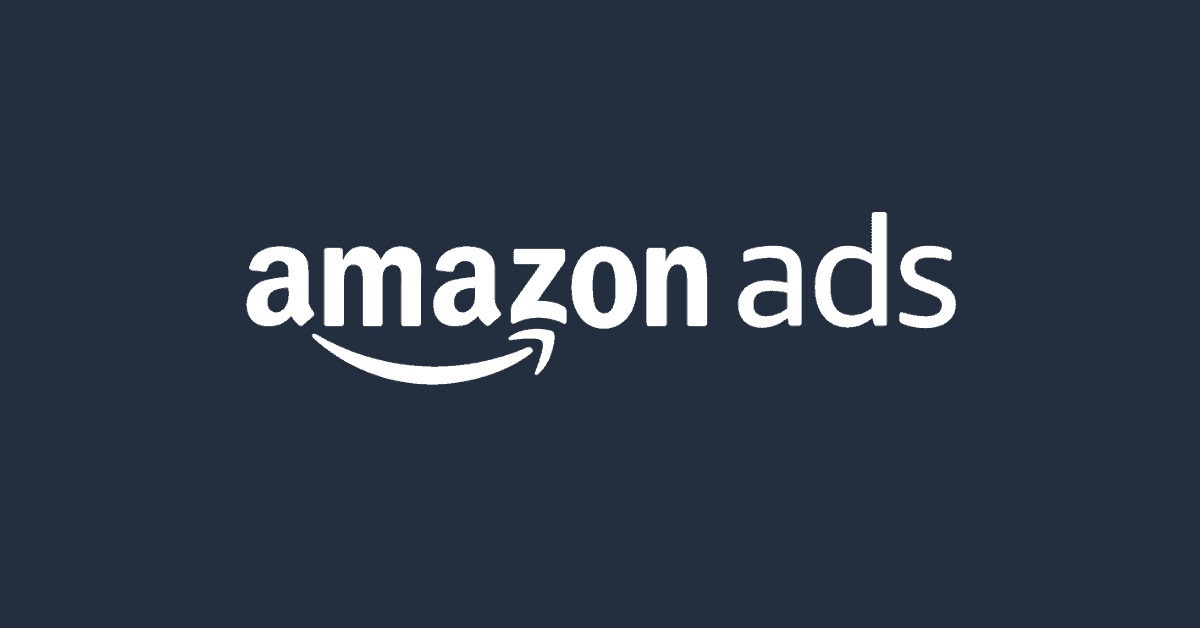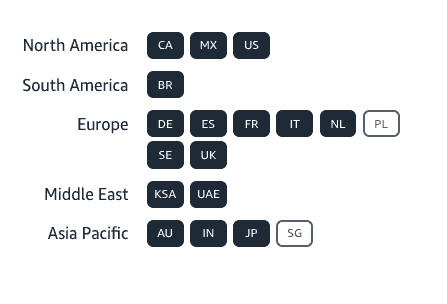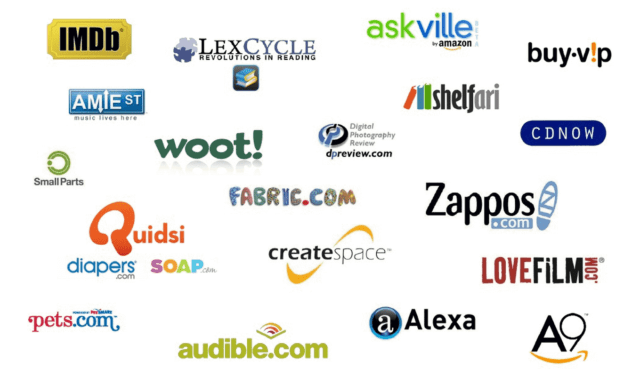
Joshua Dreller
Sr. Director, Content Marketing @ Skai

Joshua Dreller
Sr. Director, Content Marketing @ Skai

Mention Amazon Ads to most marketers, and what comes to mind are the ads shoppers see when they search for products on the site. These ads — most notably Sponsored Products and Sponsored Brands — are a perfect way to reach consumers when conducting purchase research on Amazon.
These ads are a fantastic option to reach consumers who know what they want to buy and are looking for the exact item to purchase. However, these ads require a shopper to search for a brand’s target keywords on Amazon to show up.
But how can marketers reach consumers beyond Amazon while taking advantage of the platform’s reach and database?
In order to drive awareness of a product, other forms of marketing are needed. One of those solutions that consumer goods companies are quickly embracing is Amazon DSP.
A demand-side platform (DSP) enables marketers to buy digital advertising at reach and scale “programmatically,” — which means that they can do this through automation with minimal friction. Advertisers can choose to access publisher inventory through direct integrations, supply-side platforms (SSPs), and ad exchanges.
Within a DSP, marketers set up targeting and bidding rules that evaluate ad inventory in real-time — in some cases millions of ads per second. When the DSP detects ad impressions that are desired by the marketer, it bids on those ads along with other marketers who are also interested in reaching that ad impression. The marketer with the winning bid is awarded the ad impression and the DSP serves one of the specific ads designated for that campaign.
The number of impressions available in real-time via programmatic inventory sources is staggering. Remember, web pages can have numerous ad boxes, so every time one loads, it could fire off multiple ad auctions. You may have triggered hundreds of DSP ad auctions already today!
Using a DSP, a small marketing team can purchase massive amounts of ad impressions with relative ease.
Amazon DSP is a media buying tool that enables marketers to buy display, video, audio, and in-app ads both on and off Amazon.
For example, a vitamins brand has a new promotion for California customers. The brand’s marketing team creates a campaign within Amazon DSP to bid $5 whenever an online user in California is detected. Frank, who lives in Los Angeles, is surfing the web and clicks to a page on his favorite news site that is an ad inventory source for Amazon DSP. As the page loads, it detects Frank’s location via his IP address, triggering the brand’s $5 bid. In less than a second, Amazon DSP runs an ad auction, determines the brand’s bid is the winner and serves up the vitamin brand’s ad to Frank.
This is a simple example of this powerful, complex technology. Just imagine that every time you load a new page online, this same type of ad auction runs, and brands are programmatically bidding to serve ads to you in a similar way.
While most Amazon Ads formats require a brand to be selling products on Amazon.com, Amazon DSP is available to both advertisers who sell products on Amazon and those who do not.
Access is available in the following regions:

There are numerous demand-side platforms that marketers can use — and many marketers engage with multiple DSPs to help them run their online campaigns.
So, what makes Amazon’s DSP one of today’s most desired media buying platforms to use?
With so many ad impressions available, programmatic practitioners don’t have a reach or scale challenge — it’s about creating the very best rules-based campaigns to ensure that only the most valuable ad impressions are purchased. This can be very difficult, given that potentially billions of ad impressions are available every hour.
While marketers can use just about any DSP to target ads to users by geolocation, devices they use, and other common audience attributes, Amazon’s rich product research, browse, and purchase data are incredibly powerful signals for marketers to leverage for DSP targeting — and this dataset is only available through the Amazon DSP.
Amazon DSP can enable brands to target people who have searched, viewed, or purchased specific products on Amazon, but it can also use this information to better understand each Amazon user’s interests, demographics, and in-market preferences. It also uses its large consumer footprint across Prime Video and other owned sites & apps to build audience segments desired by brands.
On Amazon, “unique supply” refers to the impressions advertisers can earn through the DSP that are unavailable using other DSPs. This unique Amazon inventory is available via Amazon-owned and operated pages such as Audible, Buy Office Mojo, Goodreads, IMDb, ShopBop, Twitch.tv, Amazon app, and Zappos. There’s also inventory from third-party exchanges, and Amazon Publisher Services, as well as targeted marketplaces and can help advertisers reach Amazon shoppers anywhere they consume content.

And because ads reach shoppers across multiple platforms, Amazon DSP users can build cross-device campaigns, which is essential as shoppers’ have increasingly flocked to mobile during the pandemic.
Brand safety is a prioritized concern for today’s companies. With so many online ads being served through automation, sometimes brands might be placed near content that isn’t the kind of environment it would likely choose manually. Remember, we’re talking about millions — sometimes tens of millions — of programmatic ad impressions being served every second! At that level of velocity, issues are bound to pop up.
Amazon DSP users can expect the highest quality standards and brand safety, as DSP uses both its own and third-party solutions to monitor everything from real-time bids to site reviews for brand safety, traffic quality, third-party supply quality, and viewability.
With Amazon DSP, advertisers can more easily optimize their campaigns to meet specific goals, either manually or automatically. Automatic optimizations adjust bids so that ads are served through the best sites using the best formats and dynamically update budgets according to a campaign goal. The feature also automatically analyzes every impression against a set goal, applying up to 500,000 predictors based on data about Amazon customers’ shopping patterns.
Amazon DSP also allows advertisers to manually update many aspects of a campaign, from budgets to supply, audiences, bids, and frequency caps. Advertisers can also choose from a variety of creative options, including standard images, video, third-party, and display ads with e-commerce creative.
If you’re looking to reach new audiences–both on Amazon or off–choosing Amazon’s DSP is an excellent way to maximize your ad spend and grow your business.
For more information or to book a brief demo to see our cutting-edge features for yourself, please contact us today.
You are currently viewing a placeholder content from Instagram. To access the actual content, click the button below. Please note that doing so will share data with third-party providers.
More InformationYou are currently viewing a placeholder content from Wistia. To access the actual content, click the button below. Please note that doing so will share data with third-party providers.
More InformationYou are currently viewing a placeholder content from X. To access the actual content, click the button below. Please note that doing so will share data with third-party providers.
More Information